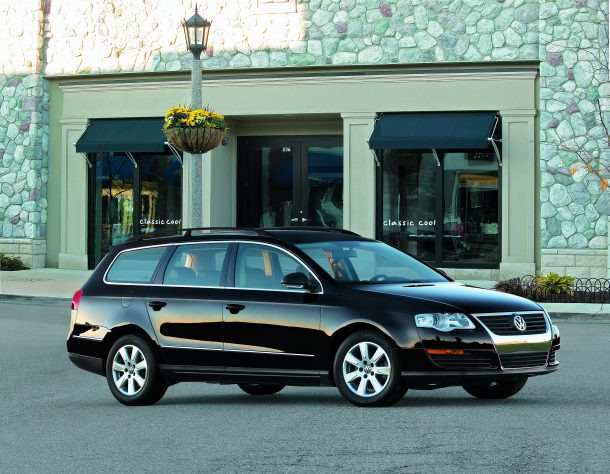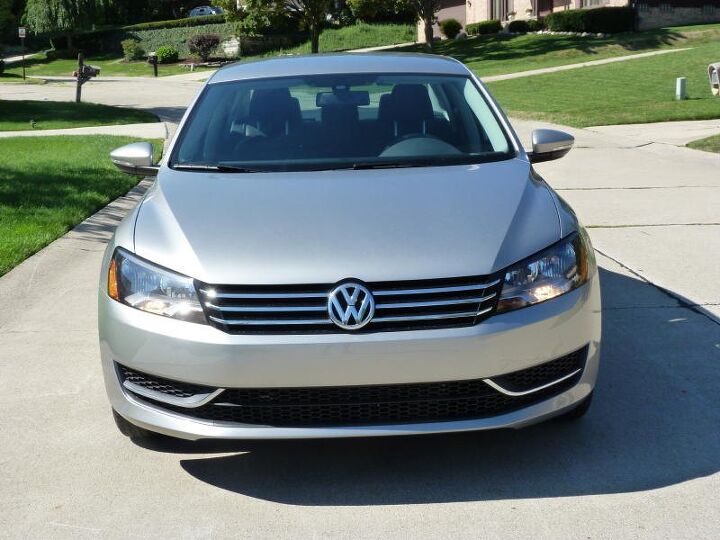#nms
Volkswagen Passat Passes Away
The final Volkswagen Passat has rolled off the assembly line in Chattanooga, Tennessee, ending the model’s extended run on the North American market.
Designed by Giorgetto Giugiaro and introduced in 1973 using the VW/Audi B1 platform, the Passat arrived in the United States as the Dasher and was sold as a midsized luxury vehicle to people in the market for an imported economy car. The model carried different names in other parts of the world and even saw a few unique monikers used in the U.S. (e.g. Quantum) to help differentiate between the hatchback, sedan, and wagon variants sold throughout the 1980s. But it was officially known as the (B2) Passat by 1990, regardless of format.
Review: 2012 Volkswagen Passat 2.5 SE
Volkswagen intends to become the world’s largest auto maker. Selling far more cars in the United States would accomplish this goal. Euro-spec cars haven’t been doing the trick, as too few Americans have been willing to pay the resulting semi-premium prices. So VW engineered a new Jetta compact sedan and a new Passat midsize sedan specifically for American tastes and budgets. Confident of the latter’s success, they’ve even constructed an all-new factory in Chattanooga, TN, to assemble it. Should the UAW’s latest targets expect to be working overtime? Today’s review evaluates the 2.5-liter five-cylinder gas Passat in SE trim, while Wednesday’s will compare the 2.0-liter turbodiesel in SEL Premium trim.
And The Name Of Volkswagen's Chattanooga Choo-Choo Is: Passat. (Lots of Pictures Inside)
So Volkswagen took the wraps off its first (well, since the late 80s) Made-in-the-U.S.A. car last night. The name of the New Midsize Sedan had remained a matter of high suspense until the last minute. But didn’t we offhandedly mention that “some think it might be called Passat?” That’s what it will be called. “Volkswagen says it will keep the Passat name for its new midsize vehicle that will be built at the company’s new U.S. plant in Tennessee,” reports Businessweek.
Meet the Volkswagen value meal, designed for Americans: Bigger, beefier, cheaper.
On Monday, Volkswagen Strikes Back. But Will It Be A Hit?
On Monday, the wraps will come off Volkswagen’s secretive NMS (New Midsize Sedan). Readers of Autobild in Germany already had first visual impressions of the car, we’ll know Monday whether Autobild was, well, given the right pictures. The car will be a bit longer than the Passat. It will be made especially for American tastes and wallets.
Wallets: The car will cost around $20,000, that’s $7,000 less than an entry model Passat. Tastes: “Inside, much cheaper plastic that in European vehicles will be used,” says Autobild. On Monday, we’ll also know what the car will be called, that’s the only thing that remained a secret so far. Some think it might be called Passat.

















Recent Comments